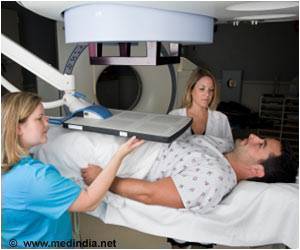The doctors misdiagnosed ductal carcinoma in situ and atypical hyperplasia, which is troubling because both conditions can go on to become invasive cancer.

With atypia, 17% of the readings were false positives, meaning that a woman might undergo surgery and other treatment she doesn’t need. Also, 32% were false negatives, meaning women wouldn’t know they are at increased risk of cancer.
"The first thing for women to remember is that making a diagnosis from tissue is part science and part art," says Dr. Jean Simpson, president of Breast Pathology Consultants in Nashville, who was not involved in the study. The science involves putting thin slices of biopsy samples onto glass slides, so a pathologist can look at them under a microscope.
According to Dr. David Rimm, a pathology researcher at Yale School of Medicine, invasive cancer is easy to spot. "This cluster of cells has enlarged and irregularly shaped nuclei and architecturally irregularly shaped clusters and high nuclear to cytoplasmic ratio." But what if the sample has just some of those things and what if it has some suggestion of enlargement or some suggestion of arch irregularity? "Then we get into that gray area. That’s what happens. That’s the real world," Rimm says.
The study shows, it’s not hard to fall into the gray area with DCIS, and especially atypia. The study had three expert pathologists classify samples from 240 women, then gave them to 115 doctors to identify. It was a clever way to design a study. However, it doesn’t reflect how pathologists work, which includes reviewing the woman’s medical record and often asking a colleague for advice on a confusing or complex slide. "Frequently it might be seen by more than one other person," Rimm says.
Experience matters, too, Rimm says. "When you’ve looked at breast cancer for 20 or 30 years you develop an eye where you can see something that you can’t really define." But for women who are wondering what do to with a diagnosis of DCIS or atypia, it’s important to know that the diagnosis isn’t infallible.
Advertisement
Those of us without a pathologist in the family are more than justified in getting a second opinion, Simpson says. "I will tell patients that a second opinion is a fairly inexpensive process," and insurance often pays for it. "And what value can you put on peace of mind?"
Advertisement
Source-Medindia















